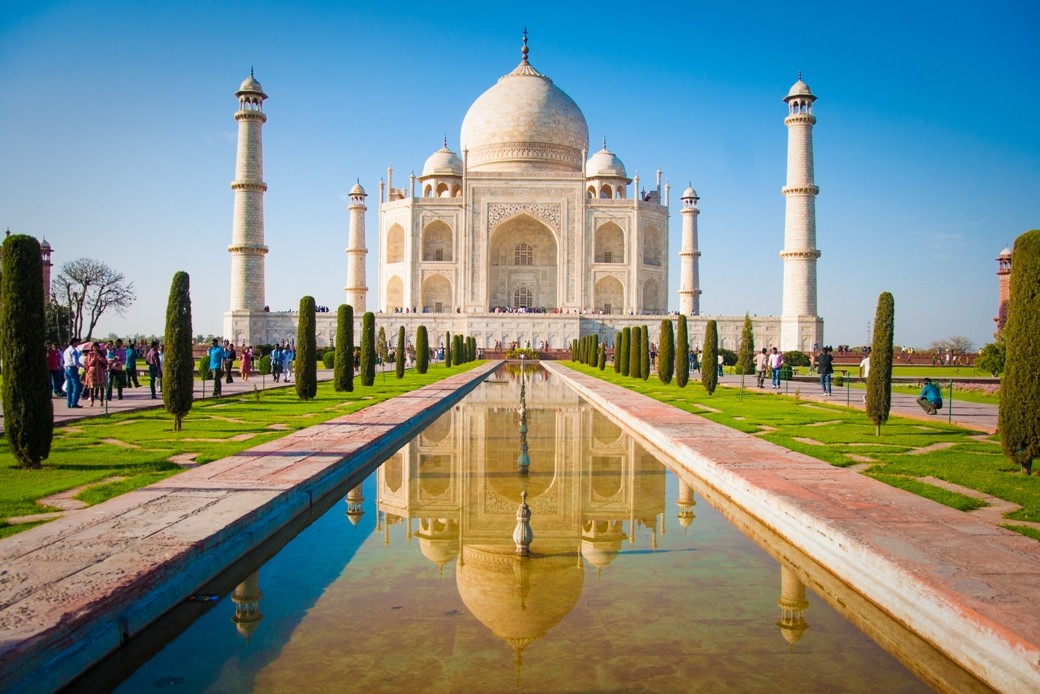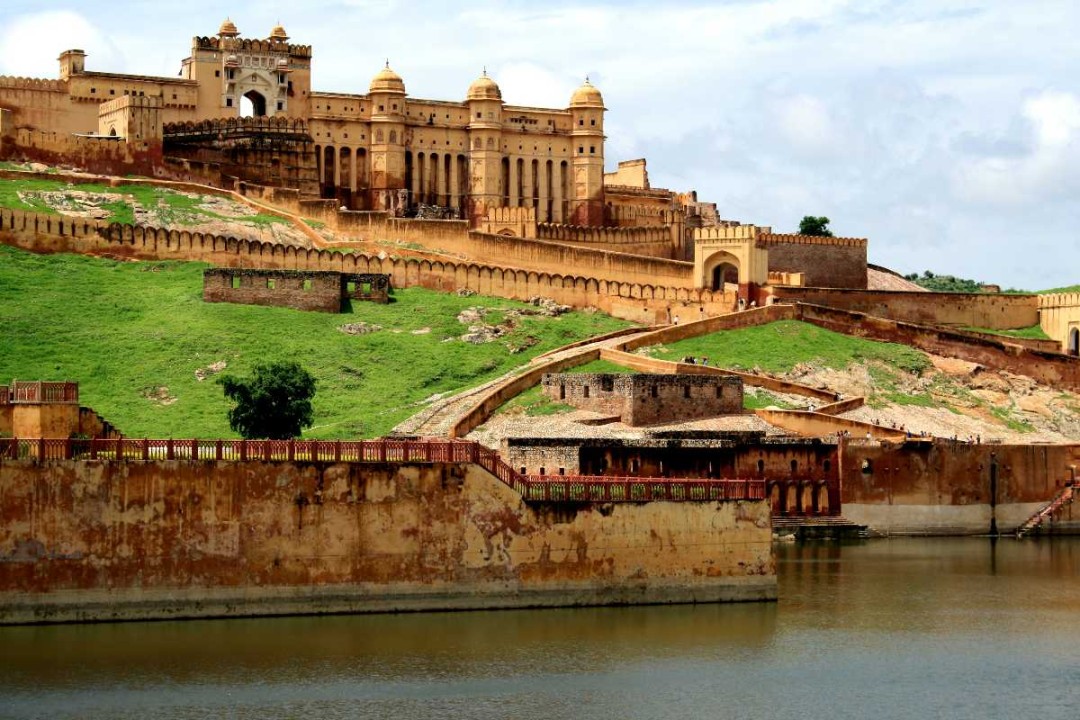What is IP-1 License?
Infrastructure Provider (IP One) – The IP 1 providers are those Infrastructure Providers who provide assets such as dark fibers, Right of Way, Duct space and tower.
Why is IP-1 License required?
IP 1 License is required to carry on the business of infrastructure Provider for providing assets such as dark fibers, Right of Way, duct space, Tower for relaying and transmission of signals for internet and telecom based cable services to licensed telecom service provider (TSP’s),end subscribers and customers, to offer such infrastructure to other business establishment on lease and commercial terms and to apply and obtain licenses to carry out these objects
Scope of IP-1 License
IP-1 License is a type of license issued by the Department of Telecommunications (DoT) in India, which allows businesses to establish and operate passive telecommunications infrastructure, such as towers, ducts, and fiber cable networks. The scope of IP-1 License in India is significant, as it provides businesses with several opportunities and benefits.
One of the primary advantages of IP-1 License is that it allows businesses to establish and operate passive telecommunications infrastructure, which is essential for the telecom industry to function. With an IP-1 License, businesses can build and maintain telecom towers, fiber cable networks, and other similar infrastructure, which can help telecom operators to provide services to end-users.
Moreover, IP-1 License provides businesses with the opportunity to generate revenue by leasing their passive infrastructure to telecom operators. This can help businesses to earn a steady stream of income and grow their operations.
Furthermore, businesses that have an IP-1 License can take advantage of various benefits and opportunities provided by the government, such as participating in government tenders and contracts, access to financial incentives, and other benefits provided under various telecom policies.
Additionally, IP-1 License provides businesses with the credibility and reputation required to establish themselves in the highly competitive telecom infrastructure industry, which can help them to attract more customers and grow their operations.
What are the requirements for an IP-1 License?
The applicant a must be an Indian company registered under Companies Act.
Documents Required for IP1 License
-
- Company’s PAN card.
- Certification of incorporation of the company.
- Memorandum of association and article of association of the company.
- List of all the directors and shareholders of the company.
- KYC of the directors.
- Demand draft of INR 5000/-
What is the Processing Fee for IP-1 License?
The applicant company shall pay a processing fee along with the application of Rs 5000/-
There is no Entry Fee and no Bank Guarantee.
MOA Guidelines
In MOA it should mention – to carry on the business of infrastructure Provider.
How to apply for IP1 License Registration Online?
To apply for an IP1 (Infrastructure Provider Category 1) license registration online in India, you need to follow these steps:
Visit the Department of Telecommunications (DoT) website at http://www.dot.gov.in.
-
- Click on the “Licenses” tab on the main menu.
- From the drop-down menu, select “Infrastructure Providers (IP)”.
- Select the “IP Category-I Registration” option.
- Read the guidelines and instructions carefully before filling out the application form.
- Click on the “Apply Online” button to register yourself on the DoT portal.
- Fill out the online application form with all the required details, such as personal information, company details, technical and financial capabilities, and proposed service area.
- Upload all the supporting documents required with the application, such as proof of identity and address, financial statements, technical specifications of the network, and network diagrams.
- Pay the application fee online through the DoT portal.
- Submit the completed application form and documents online.
- Wait for the DoT to process your application, which can take around 60-90 days.
If your application is approved, you will receive an IP1 license from the DoT, which will allow you to provide telecom infrastructure services in India.
Where to download IP1 license application form?
You can download the IP1 (Infrastructure Provider Category 1) license application form from the Department of Telecommunications (DoT) website. Here are the steps to download the application form:
-
- Visit the DoT’s official website at www.dot.gov.in.
- Click on the “Licenses” tab on the main menu.
- From the drop-down menu, select “Infrastructure Providers (IP)”.
- Select the “IP Category-I Registration” option.
- Scroll down to the “Application Forms” section and click on “Application Form for IP-I License”.
- The application form will be downloaded in PDF format.
- Open the downloaded PDF file and print the application form.
- Fill out the application form with all the required details, attach the supporting documents, and submit it to the nearest DoT office.
Note: The application form for IP1 license in India may be subject to change, so it is recommended to check the DoT website for the latest version of the form before submitting your application.
Latest Updates
Click to Download
IP-1 License Revised Guidelines 22122021
How to get an IP-1 License?
The IP One License application is an extensive process subject to strict adherence to complete and accurate paperwork and procedure. An error in paperwork is likely to delay the process by several weeks or even months leading to loss of time and money.
Get Expert Help!
A knowledgeable and professional consultant has years of experience procuring IP1 License, registration process, preparing documents, using proper formats, avoiding common errors and supporting clients and this expertise can certainly help your business. India License connects you with BEST IP1 License consultants. People who know what they are doing and do it well. They deliver results. Period.
Top 5 IP-1 Consultants in India
Infinity Consultants – Call: 9999312191 – https://infinityconsultants.in
Registrationwala – Call: 9810602899 – https://www.registrationwala.com
Om Wireless Solutions – Call: 8048429606 – https://www.omwirelesssolutions.co.in/
Osp Consultants – Call: 9358384635 – https://ospconsultants.com
Muftinternet – Call: 022 6999 9025 – https://muftinternet.com
For further details visit:
https://dot.gov.in – IP1 Guidelines along with the application form for IP1 license.
How to Find the Right IP1 License Consultant?
-
- Don’t fall into Free Consultation Trap. Some ask you to add a 5 star review to their fake business listing to make it look legit. Refuse. It will harm others.
- Don’t trust blindly. Read Business Reviews from others. Seek References – real people with phone numbers. Call them, seek their opinion.
- Find out if they have an office. Visit their office, meet in person, check credentials before making a decision.
- Find out if the consultancy business is registered. Make sure, their business is legitimate! If not registered, walk away, period.
- Avoid, random, work from home, smooth talking, self proclaimed honest story weaver consultants selling IP1 Licenses for lowest prices!
- Take your time. Compare a number of consultants before you make a decision.
- Don’t make payment till you get your IP1 license. Have it all checked, be double sure before you make the payment.
Is it absolutely necessary to find a consultant to get a IP1 License?
No, you will find all the relevant information on this website to apply for the IP1 License on your own. Of course, it will take some effort and time to go through it, but it will save you good amount of money and also make you smarter. Remember – consultants are people like us. You can do, what they can do. Just go through the information given and apply online. It is not at all difficult.






 Delhi, the capital city of India, serves as the starting point for the Golden Triangle tour. It offers a mix of historical monuments, modern infrastructure, and bustling markets. Some key attractions in Delhi include the Red Fort, India Gate, Qutub Minar, Humayun’s Tomb, Lotus Temple, and various museums. The city showcases the blend of old and new, reflecting India’s complex history.
Delhi, the capital city of India, serves as the starting point for the Golden Triangle tour. It offers a mix of historical monuments, modern infrastructure, and bustling markets. Some key attractions in Delhi include the Red Fort, India Gate, Qutub Minar, Humayun’s Tomb, Lotus Temple, and various museums. The city showcases the blend of old and new, reflecting India’s complex history.